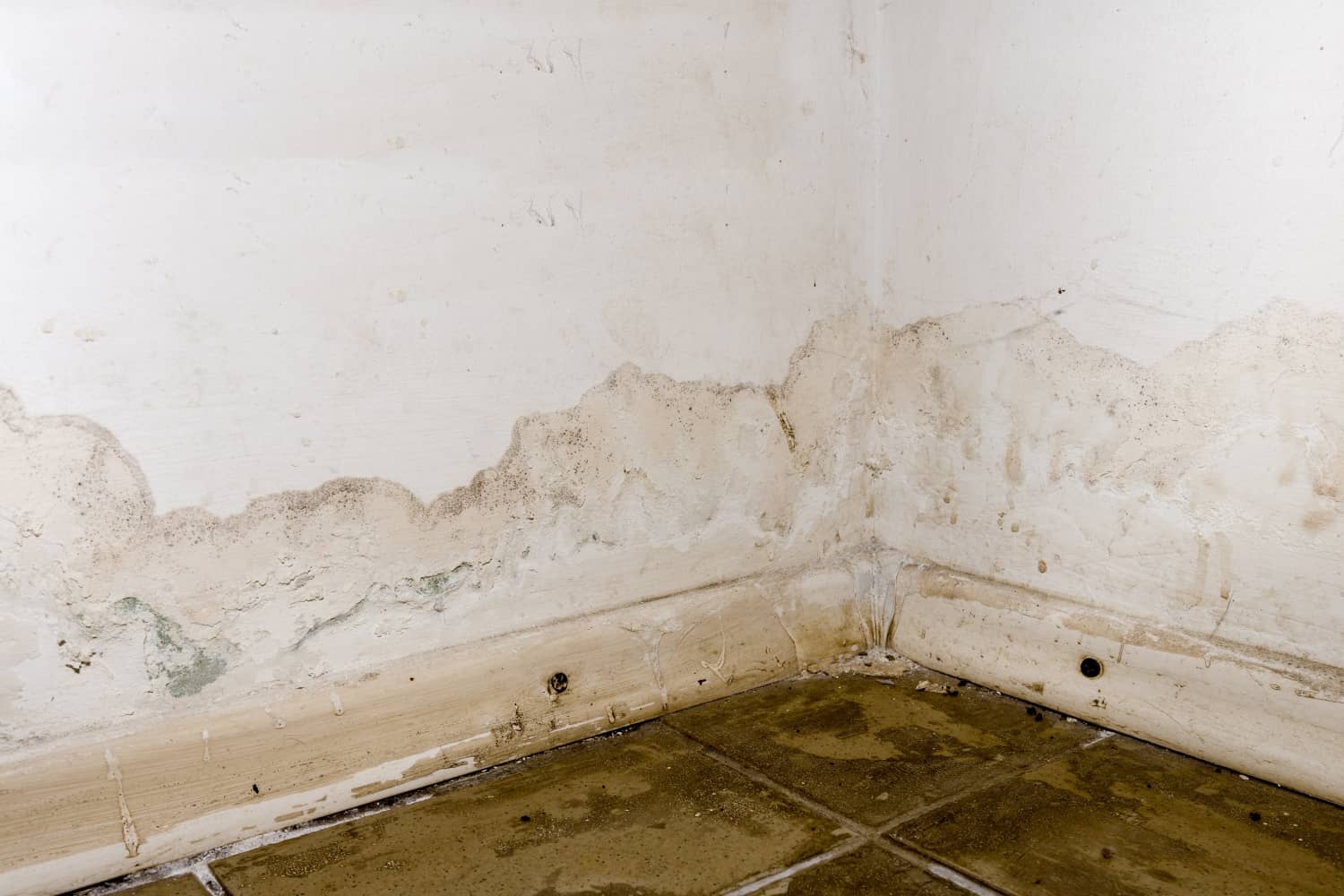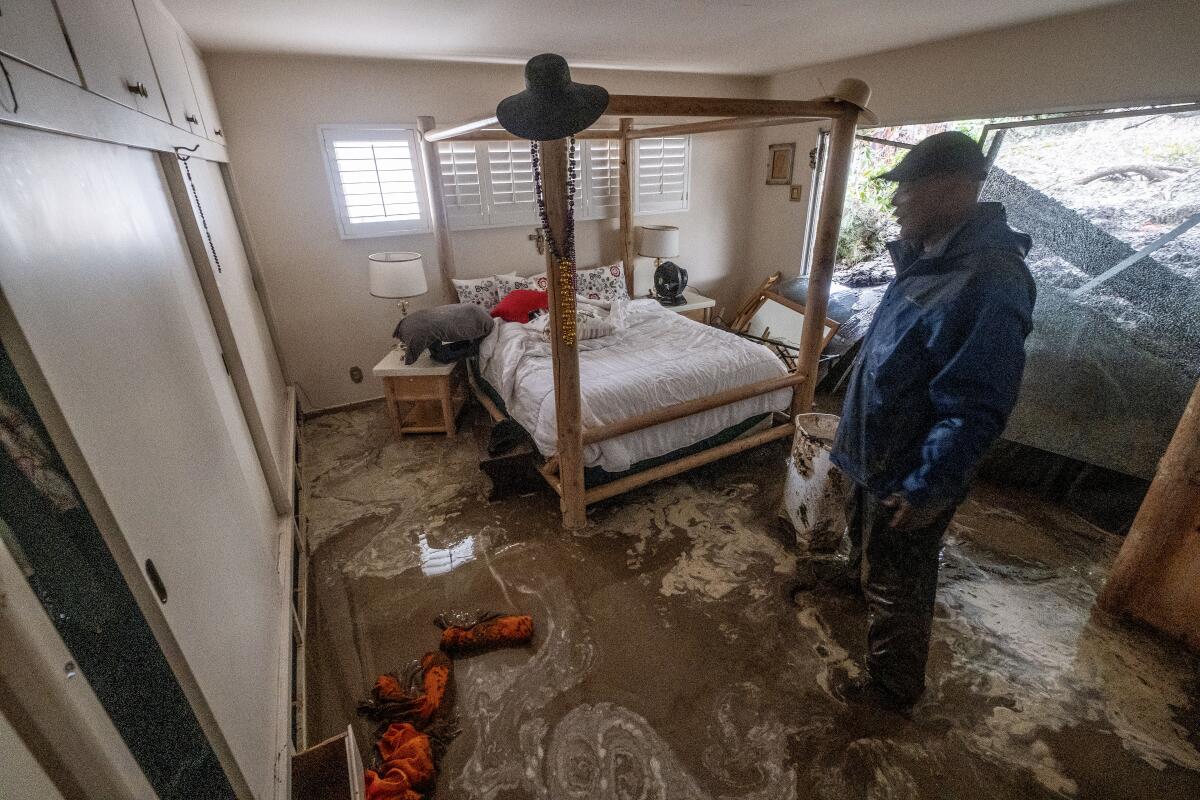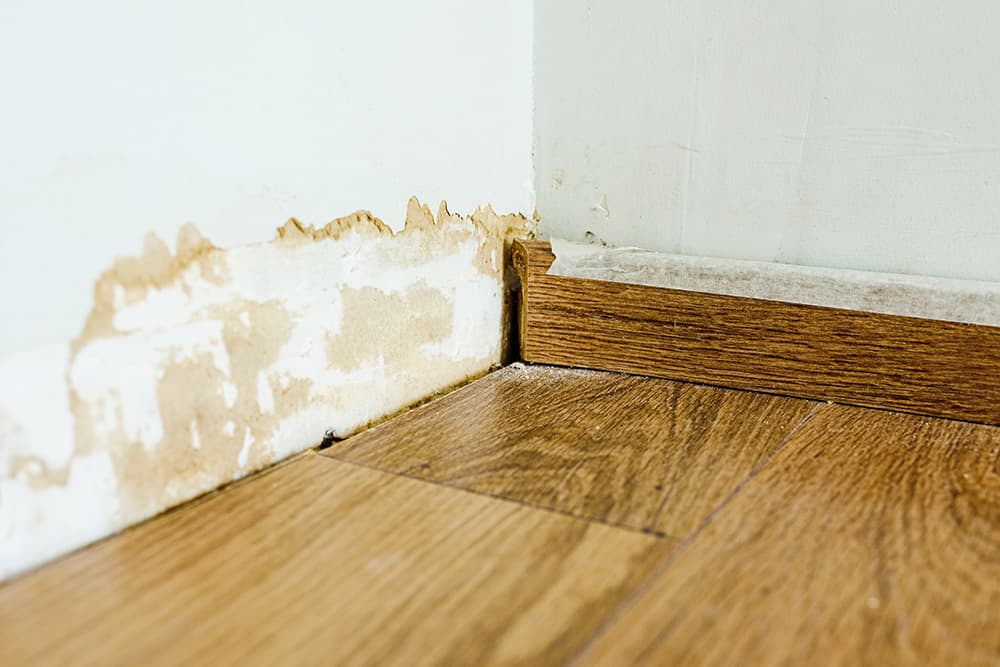Leading Water Mitigation Company Offering Fast and Efficient Solutions
Leading Water Mitigation Company Offering Fast and Efficient Solutions
Blog Article
The Process of Water Damage Clean-up: Ensuring Your Home Is Recovered Successfully
Water damages can be a daunting challenge for home owners, necessitating a thorough and organized cleanup procedure to recover safety and security and capability. damage restoration services. Following this, effective water extraction techniques play a crucial duty in reducing additional damage.
Examining the Damages
Upon finding water damage, the initial step is to completely evaluate the level of the effect. This preliminary analysis is important, as it helps figure out the required steps for reliable cleaning and reconstruction. Begin by inspecting the affected locations, including wall surfaces, ceilings, floors, and individual possessions, to identify the resource of the water intrusion, whether from flooding, leakages, or condensation.
Documenting the damages is crucial for both insurance claims and preparing restoration efforts - damage restoration services. Use pictures and written notes to record the extent of the damages, noting any type of affected architectural components and products. Pay special focus to locations that might not be immediately noticeable, such as behind wall surfaces and under rugs, as hidden wetness can cause further problems, consisting of mold development
In addition, analyze the timeline of the water exposure. The longer the products stay wet, the better the possibility for damage. Recognizing the duration of direct exposure will inform the urgency of removal initiatives. Ultimately, a comprehensive assessment prepares for an effective water damages clean-up process, making certain that all influenced areas are attended to successfully and thoroughly.
Water Removal Strategies

Professionals usually use completely submersible pumps for bigger volumes of water, which can rapidly ease flooding in basements or other affected areas. For smaller sized amounts, wet/dry vacuums are commonly utilized to remove residual moisture from carpets and tough surfaces. Additionally, making use of mobile extractors enables for targeted removal in confined rooms or areas with fragile products.
In instances of polluted water, such as sewer or floodwater, advanced removal strategies might involve making use of biohazard tools to ensure safety and security and conformity with health and wellness regulations. High-powered removal devices are essential in lessening water retention in architectural materials, which can result in mold and mildew development and structural damage if not attended to without delay.
Eventually, the efficiency of water extraction techniques plays a crucial role in the overall success of the water damages cleanup process, preparing for subsequent remediation efforts.
Drying and Dehumidification
When standing water has actually been efficiently removed, the following essential phase in the water damages cleanup process is drying out and dehumidification. This step is vital to avoid additional damages and mold and mildew growth, which can occur within 24 to 2 days in damp atmospheres.
To achieve effective drying, specific tools such as industrial-grade air movers and dehumidifiers is employed. Air movers distribute air throughout damp surfaces, boosting evaporation rates, while dehumidifiers lower moisture degrees airborne, advertising a conducive atmosphere for drying. The mix of these devices makes sure that wetness is attracted out from wall surfaces, floors, and home furnishings, permitting them to dry thoroughly.
It is essential to keep track of the drying out procedure carefully. Specialists frequently make use of moisture meters to analyze the dampness web content in various materials, ensuring that all influenced locations reach acceptable dry skin degrees. This precise hop over to these guys approach aids to stop hidden moisture pockets that might lead to structural damage or unhealthy mold development.

Cleaning and Sanitizing
After the drying and dehumidification phase is full, the following essential action in water damages cleaning is cleaning and sanitizing the affected locations. This procedure is essential to avoid the growth of mold, microorganisms, and various other microorganisms that prosper in wet environments.
The cleansing phase normally involves getting rid of any kind of particles, dirt, and impurities from surface areas making use of specialized cleaning up representatives. For difficult surfaces, a mix of soap and water or industrial cleansing products is typically utilized. Soft products, such as upholstery and rugs, might require more substantial cleaning techniques, including heavy steam cleaning or deep extraction methods, to guarantee detailed hygiene.

Disinfecting complies with cleansing, using EPA-approved disinfectants to get rid of unsafe microbes. This action is crucial, specifically in areas that may have entered into call with floodwaters or sewage, as these resources can posture serious wellness threats.
Furthermore, it is necessary to resolve any type of continuing to be odors, which may need the basement flood cleanup use of smell neutralizers or innovative strategies like ozone therapy. Appropriate cleansing and sanitizing not just recover the safety and security and health of your home but likewise lay the foundation for successful reconstruction and repair work in succeeding phases of the water damage cleanup procedure.
Remediation and Repair Services

When the evaluation is total, remediation initiatives can begin. In addition, floor covering may call for comparable focus, depending on the level of water exposure.
It is vital to involve skilled remediation professionals throughout this process, as they have the competence to handle complex repair services properly. They can assist minimize prospective future concerns, such as mold and mildew development or architectural instability, thus making sure a risk-free and habitable living setting. Inevitably, efficient repair and fixings bring back the home's honesty and boost its general worth.
Conclusion
Finally, the process of water damages cleanup is critical for recovering a home to its pre-damage problem. Each stage, from assessing the damage to implementing reliable water extraction methods, complied with by complete drying out, sanitizing, and necessary fixings, plays a necessary duty in making certain security and conformity with building requirements. Effective implementation of these steps not just alleviates immediate damages yet additionally enhances the long-lasting integrity and worth of the property.
Water damage can be a daunting challenge for property owners, requiring a careful and organized cleaning procedure to restore security and performance. Ultimately, a thorough assessment lays the foundation for an effective water damages cleanup process, making certain that all affected locations are attended to properly and thoroughly.
Efficient water removal techniques are essential in reducing damage and preventing more complications adhering to a water breach occasion.In verdict, the procedure of water damage clean-up is essential for restoring a home to its pre-damage condition. Each phase, from analyzing the damage to carrying out reliable water removal techniques, followed by water damage certification detailed drying out, sterilizing, and essential repair work, plays a vital duty in making sure safety and compliance with building standards.
Report this page